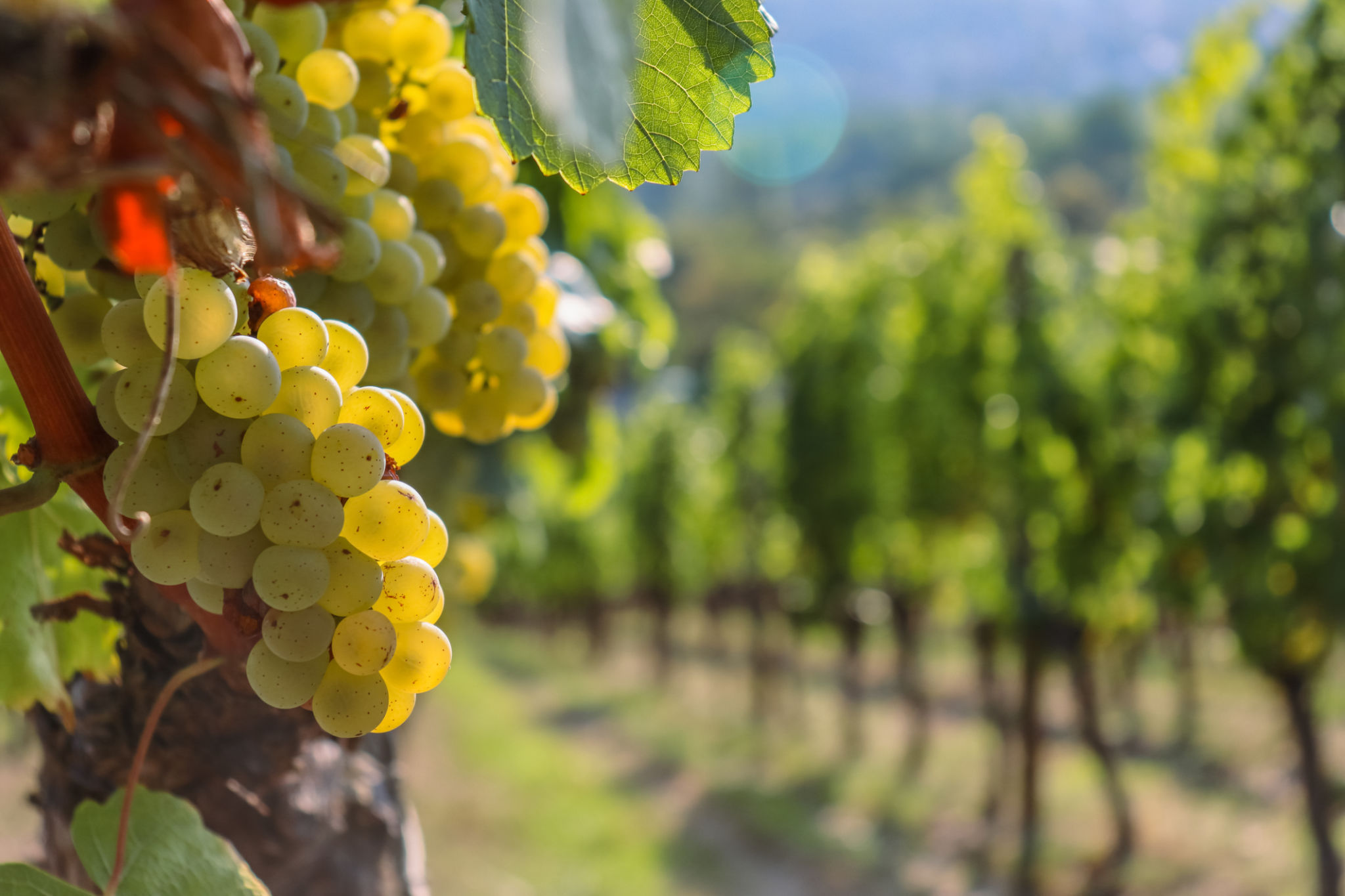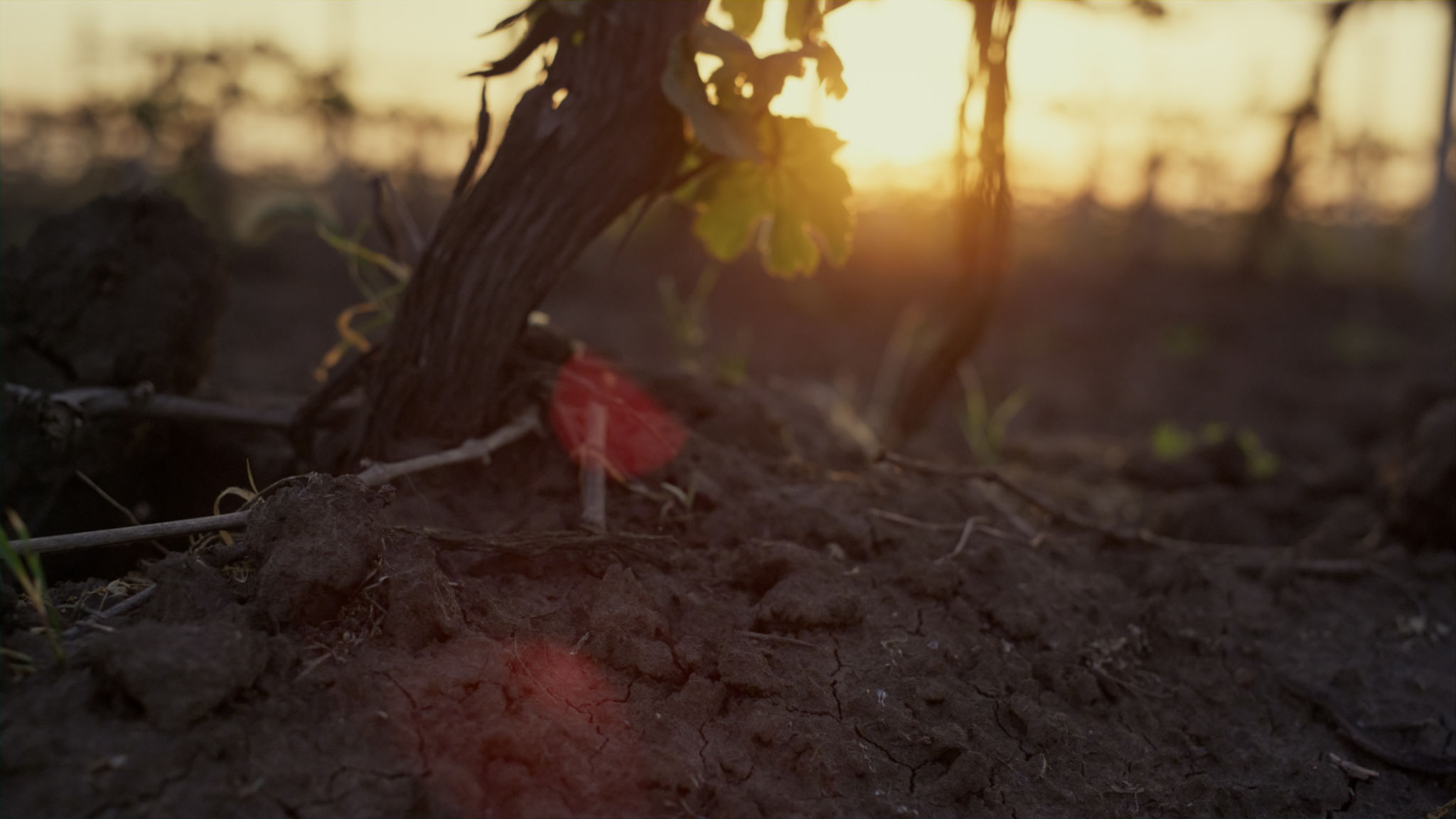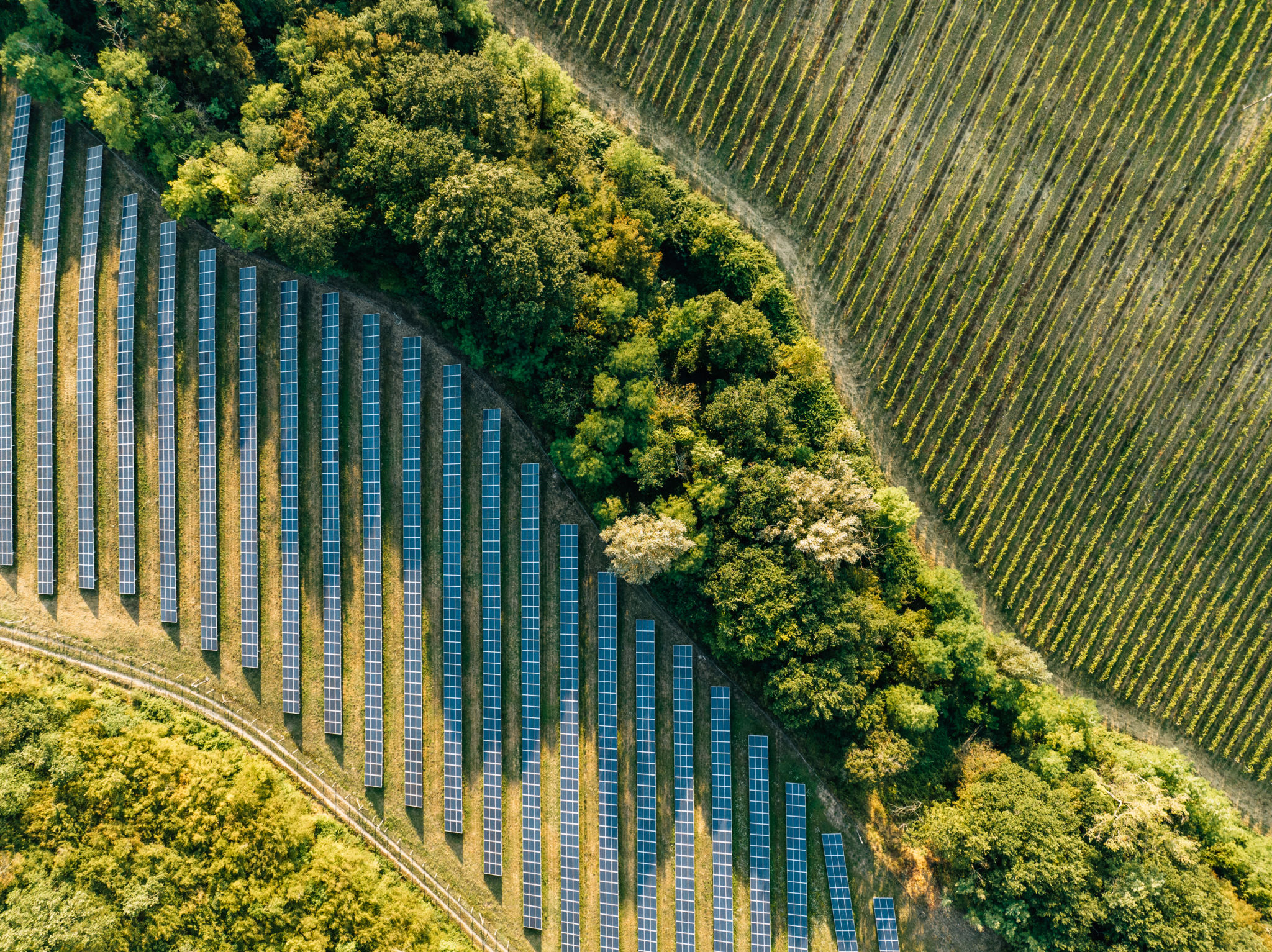Understanding Wine Labels: What Makes Paso Robles Wines Special
HB
Decoding Wine Labels: A Guide to Paso Robles Wines
Wine labels can be a treasure trove of information for enthusiasts and casual drinkers alike. When it comes to understanding the intricacies of wine, labels can offer insights into the wine's origin, grape variety, and even the winemaking philosophy. Among the various wine regions, Paso Robles stands out for its unique characteristics and quality offerings.

The Rich History of Paso Robles
Paso Robles, located in California's Central Coast, boasts a rich history dating back to the late 18th century. The region's winemaking began with Spanish missionaries planting vineyards to produce sacramental wine. Over time, Paso Robles has evolved into a renowned wine destination, celebrated for its diversity and innovation.
Today, Paso Robles is home to over 200 wineries, producing a wide range of wines from robust reds to refreshing whites. The area is particularly well-known for its Zinfandel, Cabernet Sauvignon, and Rhône varietals, reflecting the region's adaptability and creativity in winemaking.

Understanding Paso Robles Wine Labels
When examining a Paso Robles wine label, you'll notice several key elements that can help you discern the quality and style of the wine inside. Here are some important aspects to look for:
- Winery Name: Often prominently displayed, the winery name can give you an idea of the brand's reputation and history.
- Appellation: Look for "Paso Robles" on the label, indicating the wine's origin in this esteemed region.
- Vintage: The year the grapes were harvested, which can influence the wine's flavor profile due to weather conditions that year.
- Grape Variety: Indicates the primary grape used in the wine, such as Zinfandel or Syrah, helping you anticipate its characteristics.
The Terroir Advantage
The concept of terroir plays a significant role in what makes Paso Robles wines special. Terroir refers to the unique combination of soil, climate, and topography that influences grape growing. Paso Robles enjoys a diverse terroir with over 45 different soil types, ranging from limestone to shale. This diversity allows winemakers to cultivate a wide array of grape varieties with distinct flavors.

Furthermore, the region benefits from a Mediterranean climate with warm days and cool nights. This temperature variation helps in developing complex flavors and maintaining acidity in wines, contributing to their balance and depth.
Sustainability and Innovation
Paso Robles is not only known for its rich history and diverse terroir but also for its commitment to sustainability and innovation. Many wineries in the region prioritize environmentally friendly practices, from organic farming to water conservation.
Additionally, winemakers in Paso Robles are known for their innovative approaches, often experimenting with blends and techniques to create unique and expressive wines. This spirit of experimentation has positioned Paso Robles as a trailblazer in the wine industry.

Exploring Paso Robles Wines
If you're eager to explore what Paso Robles wines have to offer, consider visiting local wineries or seeking out these wines at your favorite wine shop. Tasting events and wine festivals are also excellent opportunities to experience the region's offerings firsthand.
When choosing a bottle, remember that Paso Robles wines are celebrated for their quality and creativity. Whether you're a fan of bold reds or crisp whites, there's likely a wine from this region that will suit your palate.